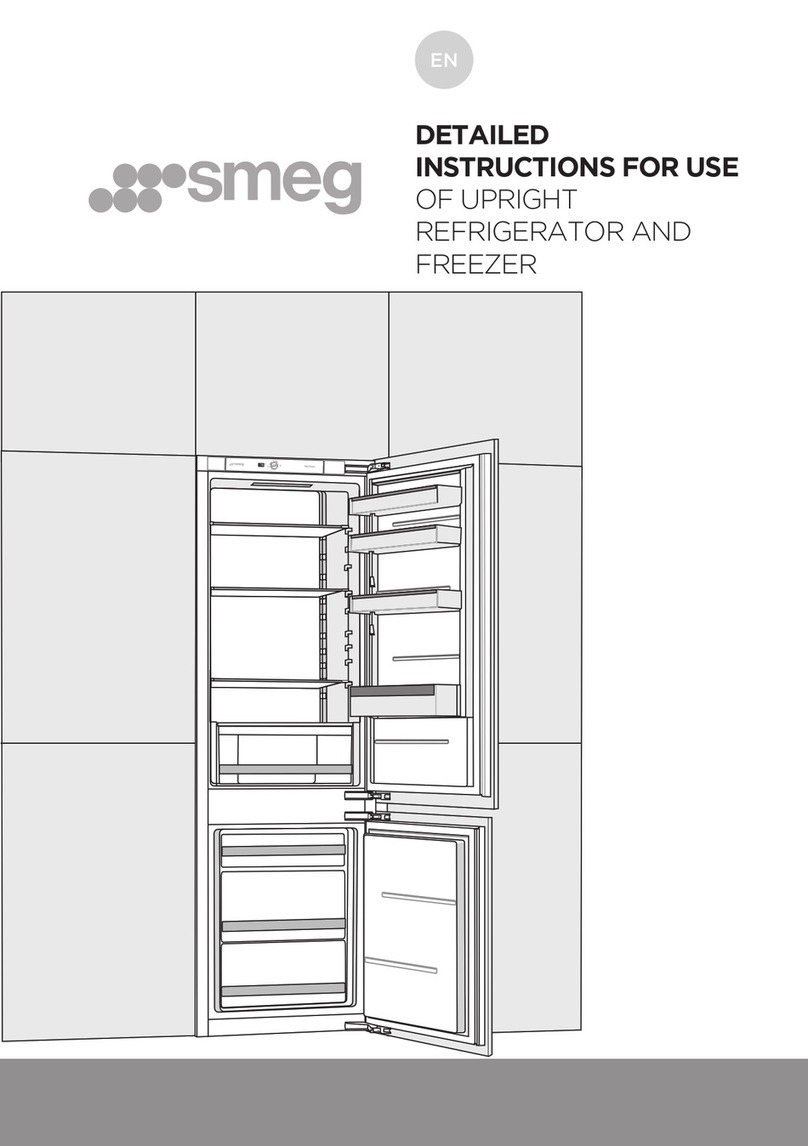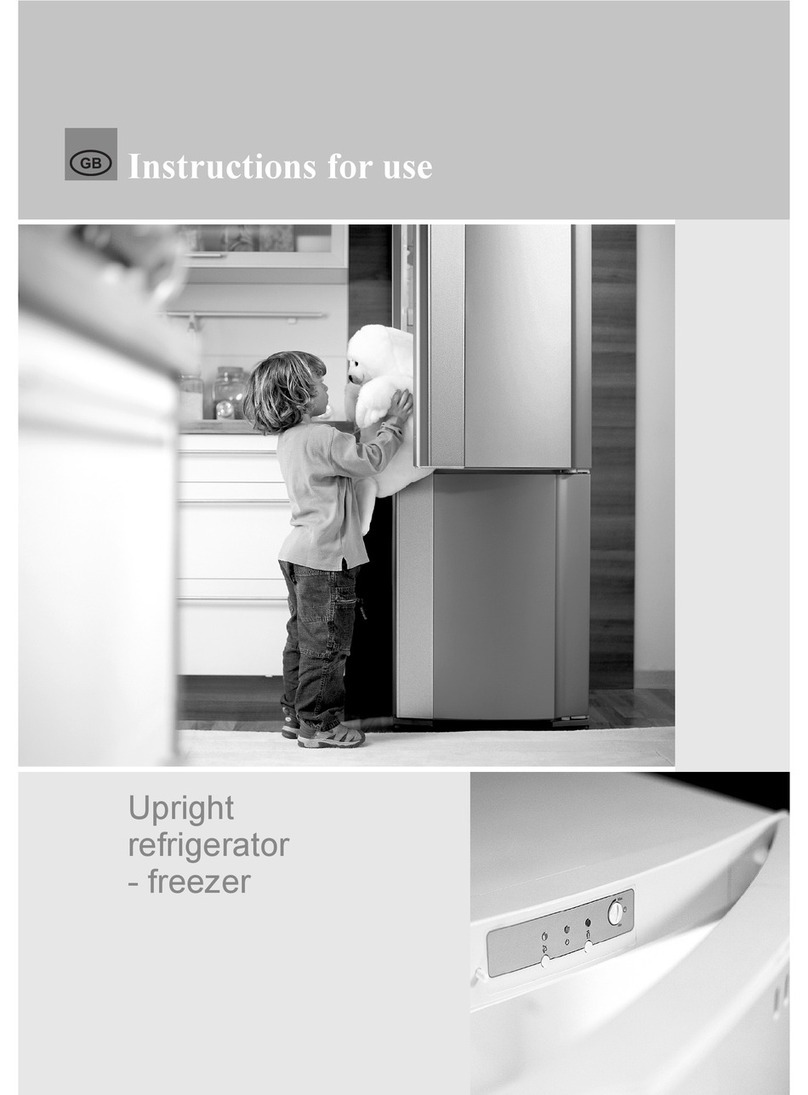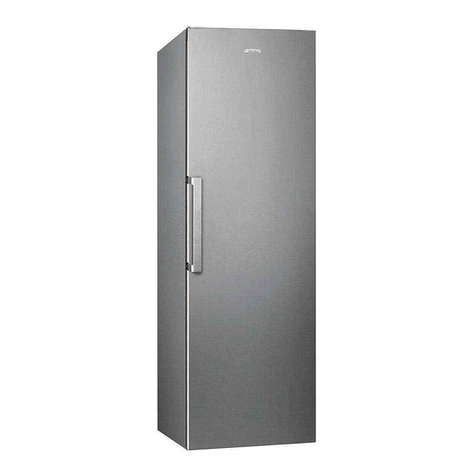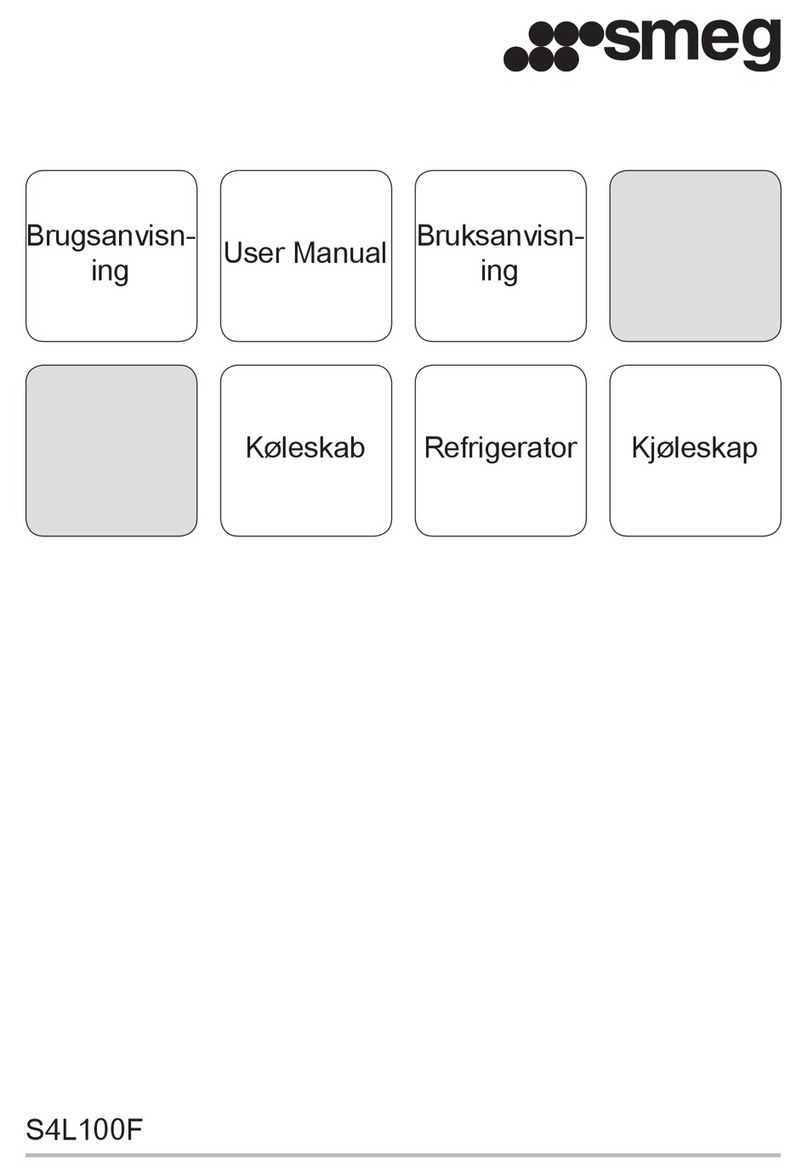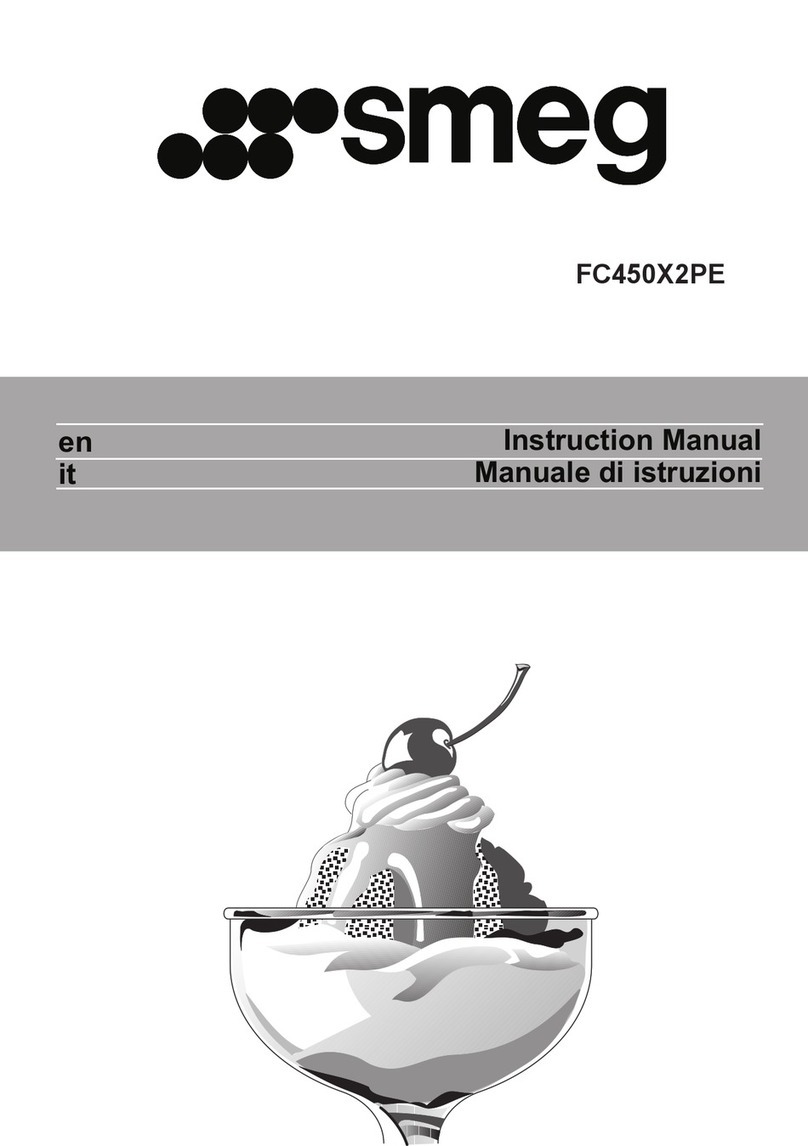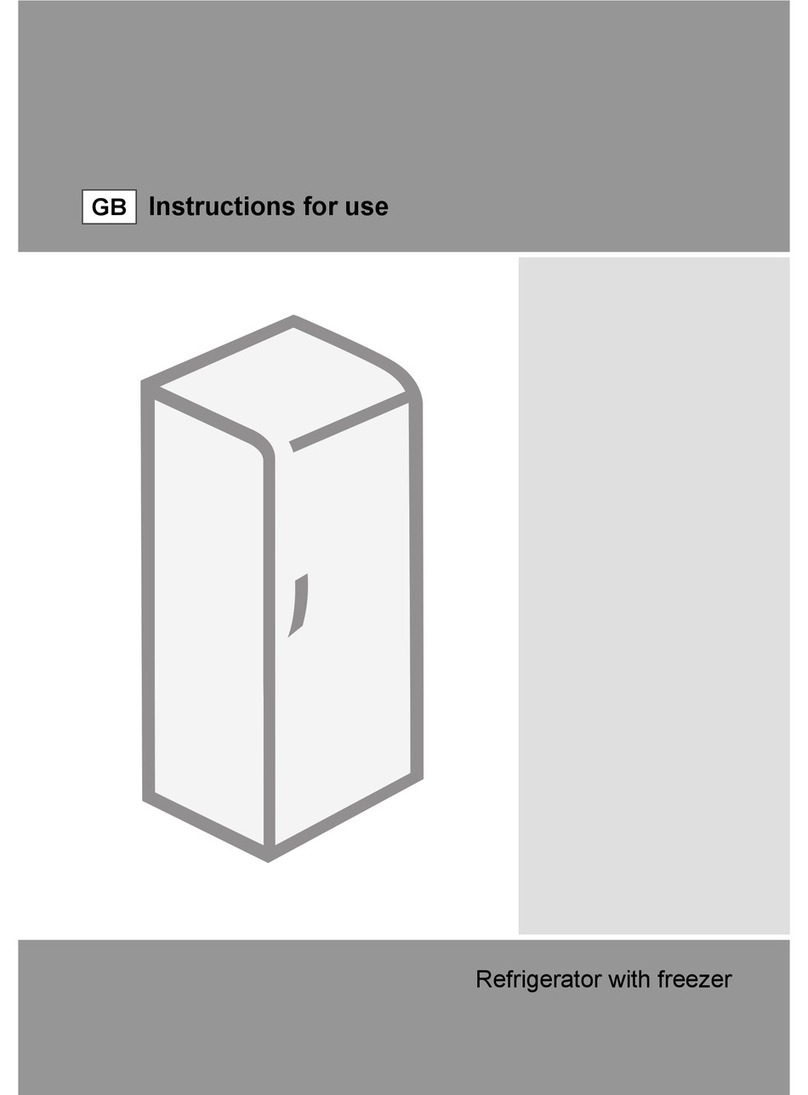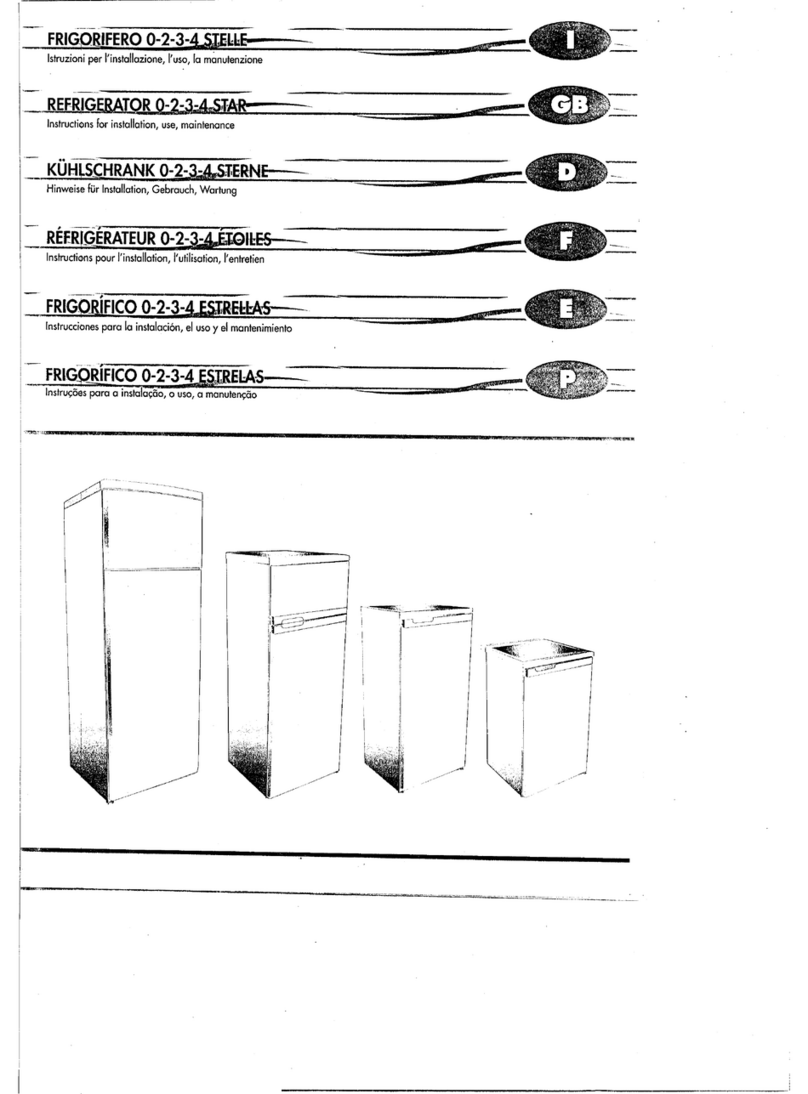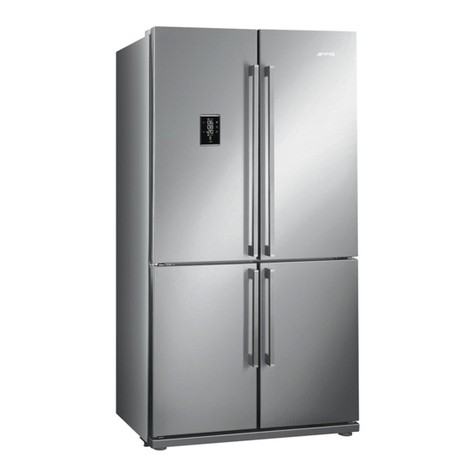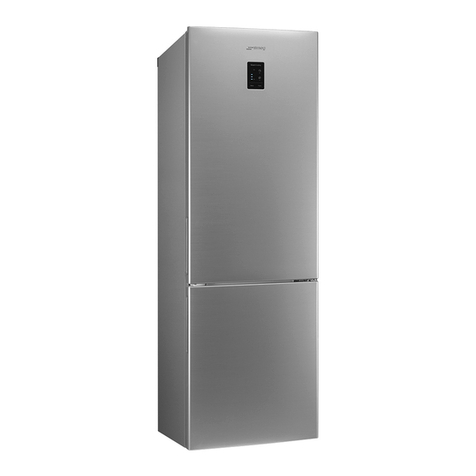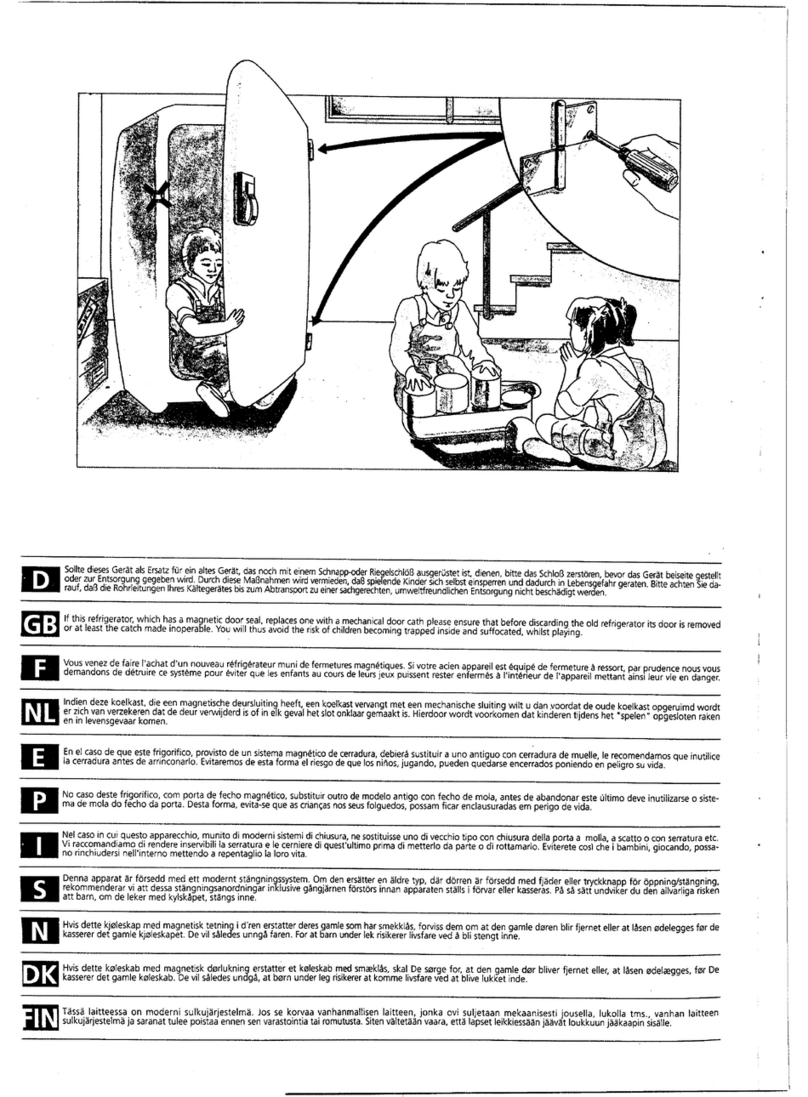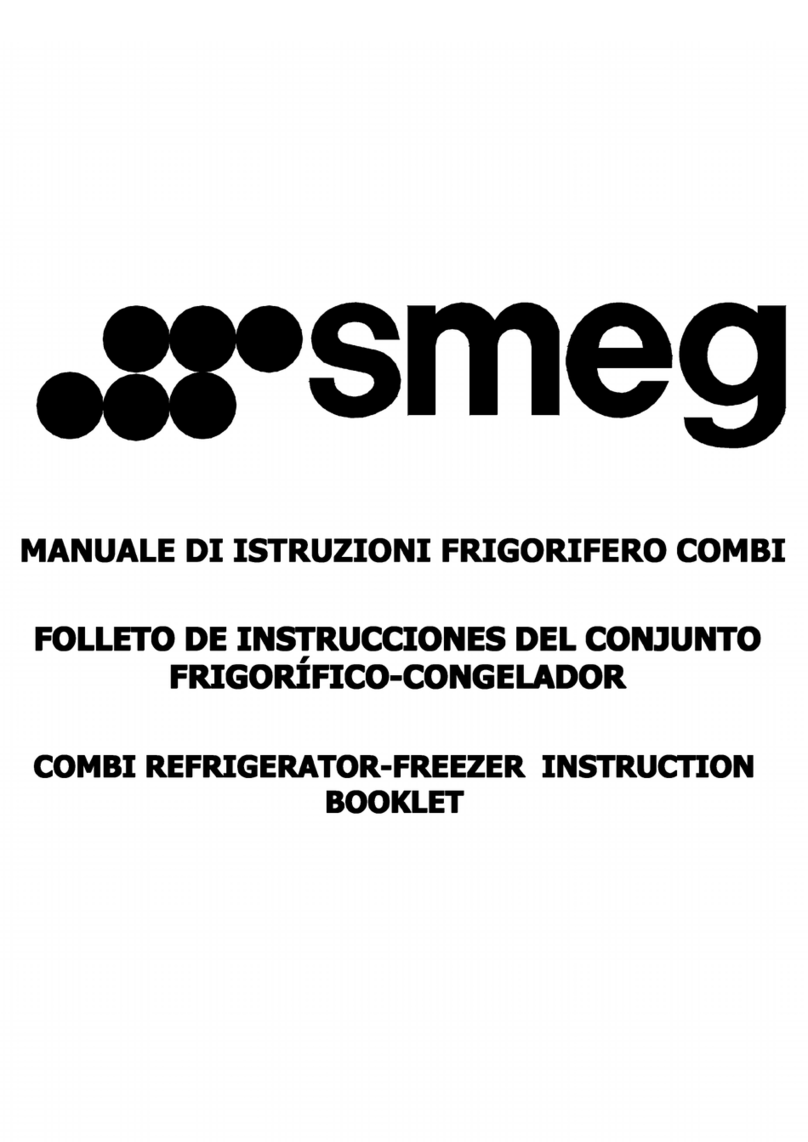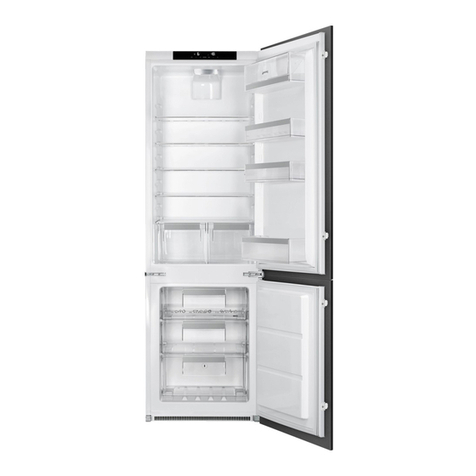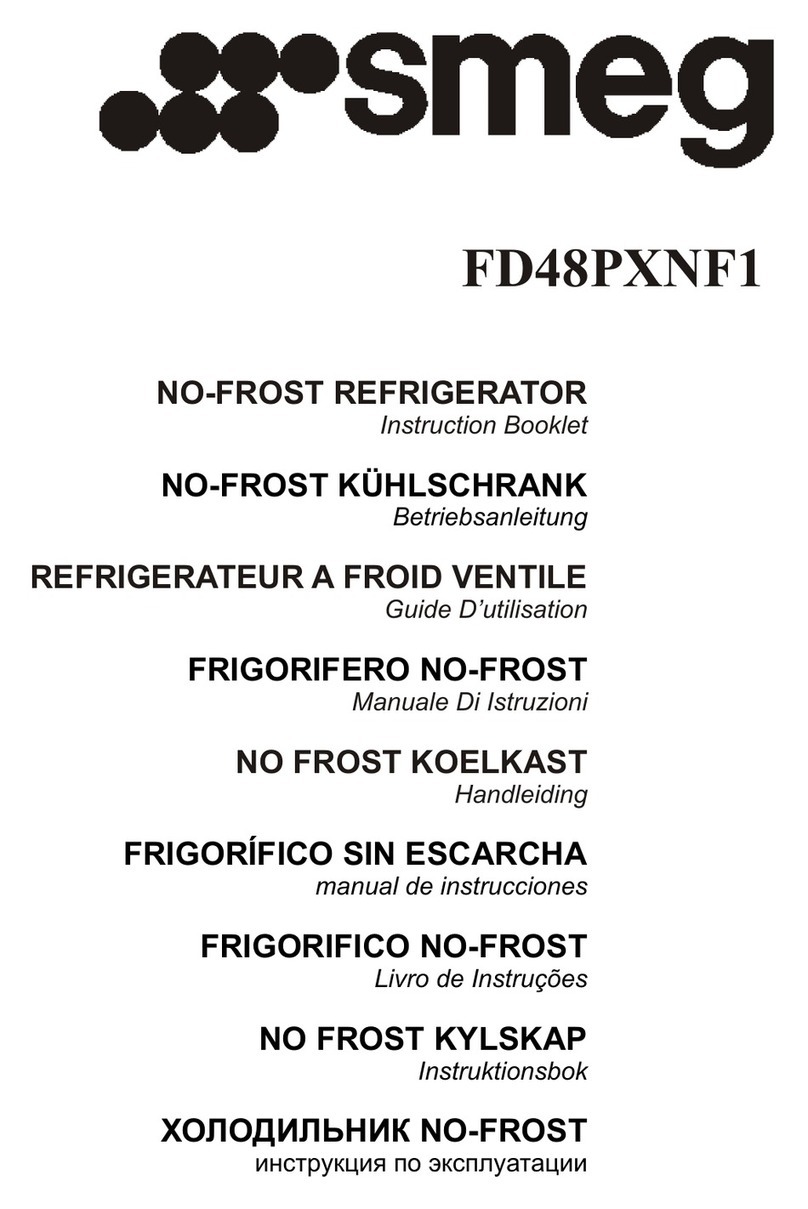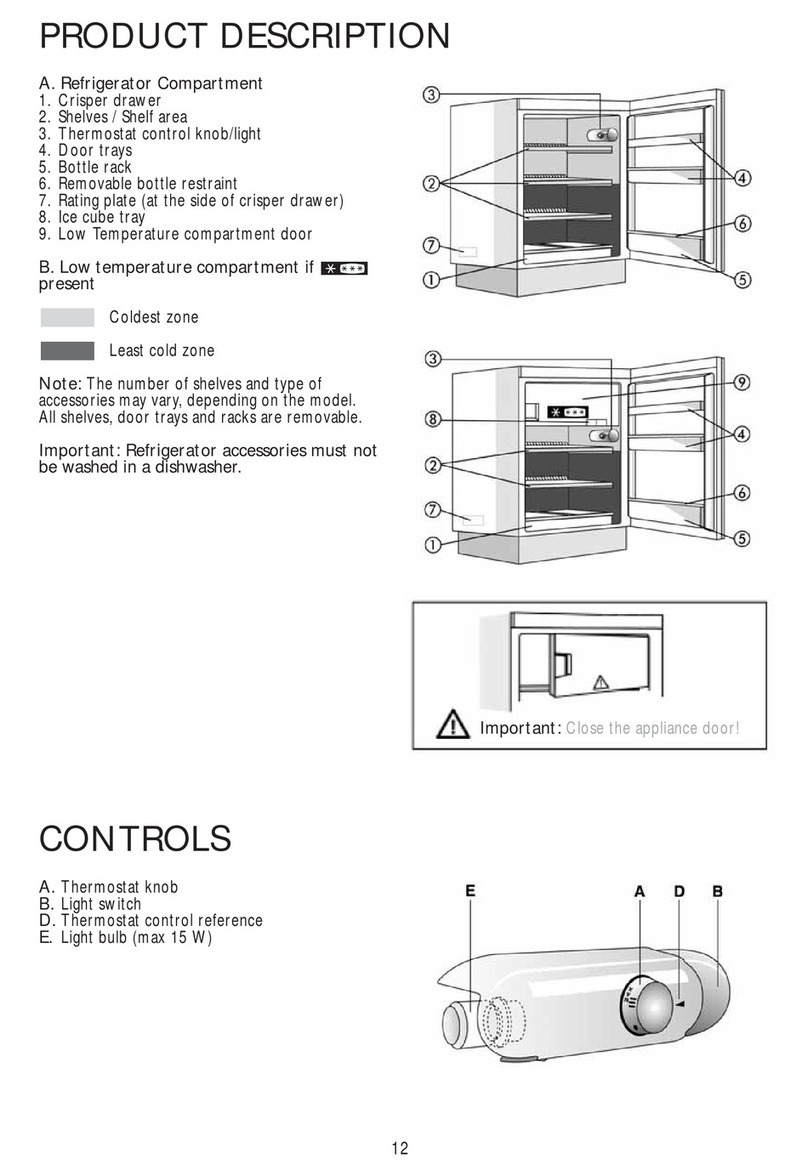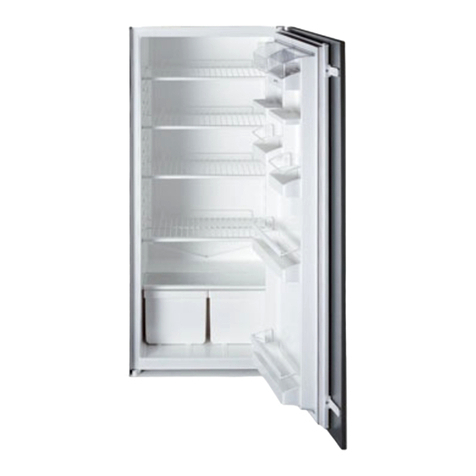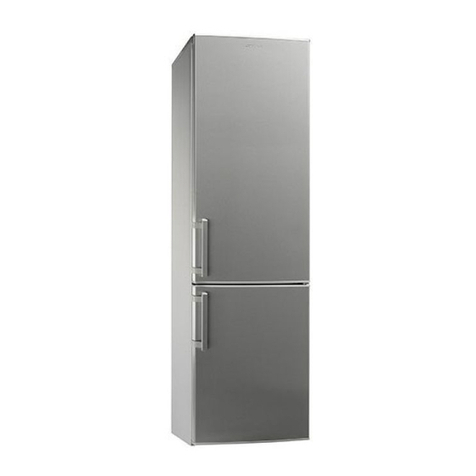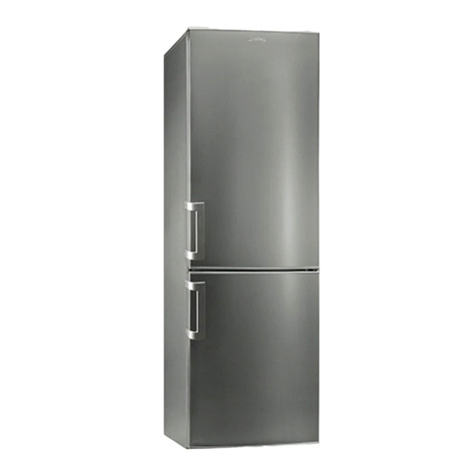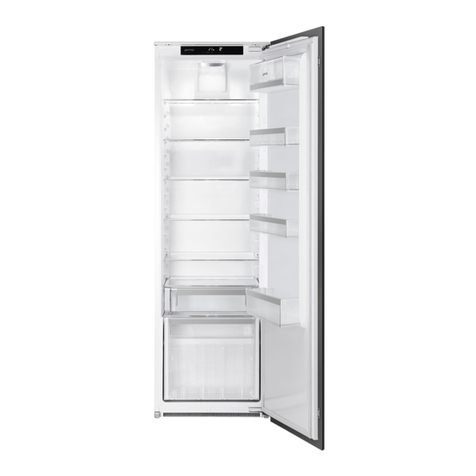
1 Safety Warnings
1.1 Warning.....................................................................................................................................................1
1.2 Meaning of safety warning symbols .........................................................................................................2
1.3 Electricity-related warnings.......................................................................................................................2
1.4 Warnings for use.......................................................................................................................................3
1.5 Warnings for placement.........................................................................................................................3-4
1.6 Warnings for energy..................................................................................................................................4
1.7 Warnings for disposal ...............................................................................................................................4
2 Proper Use of Refrigerator
2.1 Levelling feet.............................................................................................................................................5
2.2 Leveling door.............................................................................................................................................6
2.3 Starting......................................................................................................................................................7
2.4 Energy saving tips.....................................................................................................................................7
2.5 Placement.................................................................................................................................................8
3. Structure and Functions
3.1 Key components................................................................................................................................. 9-10
3.2 Functions.......................................................................................................................................... 11 -12
4 Maintenance and Care of the Refrigerator
4.1 Overall cleaning ......................................................................................................................................13
4.2 Cleaning of door tray...............................................................................................................................13
4.3 Cleaning of shelf .....................................................................................................................................14
4.4 Cleaning of freezer lower drawer............................................................................................................14
4.5 Installing the water line ...........................................................................................................................15
4.6 Defrosting................................................................................................................................................16
4.7 Out of operation ......................................................................................................................................16
5 Troubleshooting................................................................................................... 17

